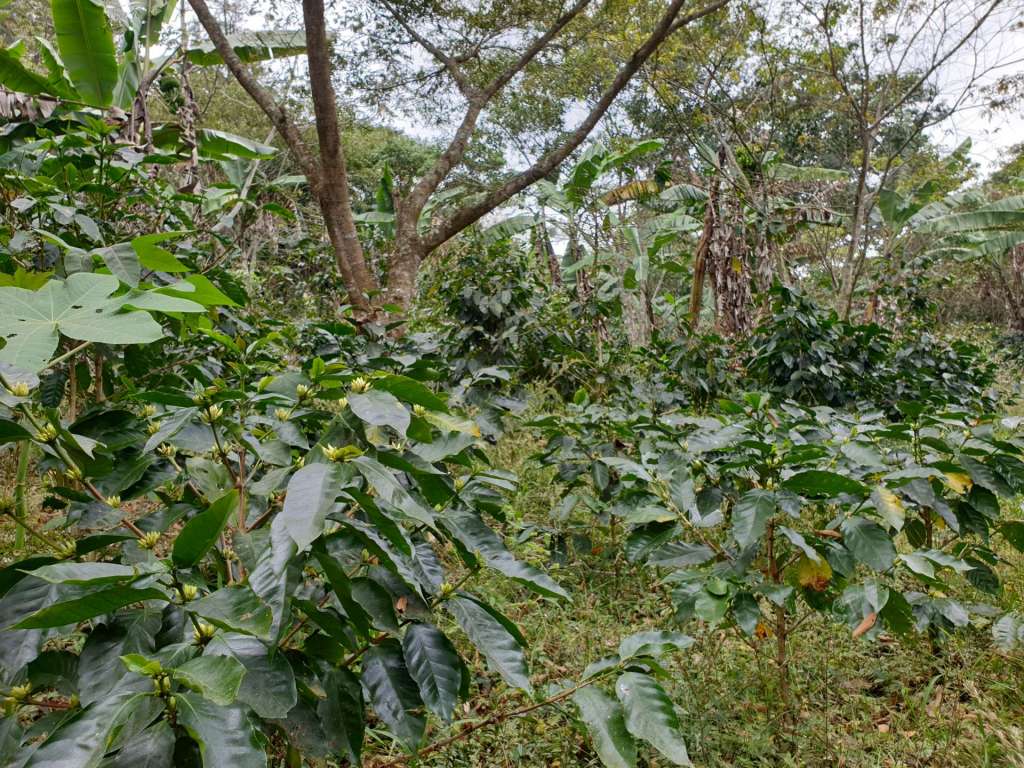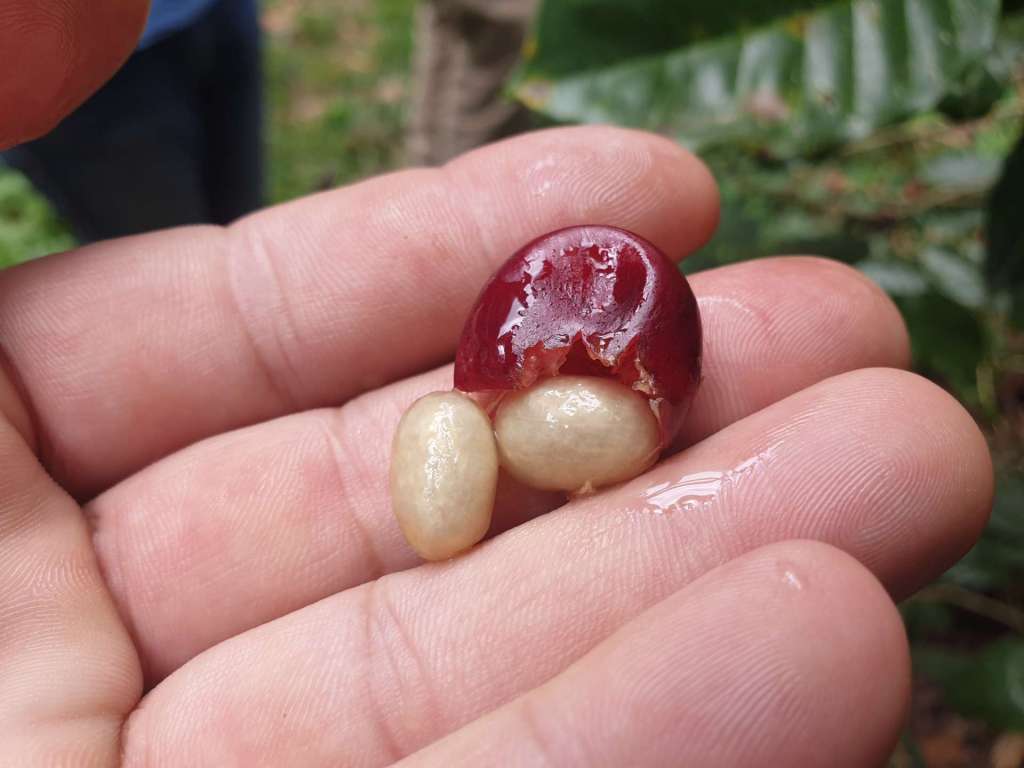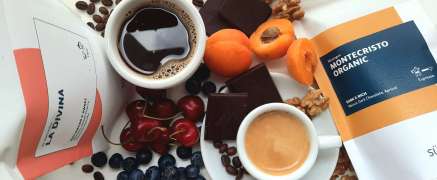cooperation
Have you ever read “direct trade” on coffee packaging and wondered what that means? You probably know fair trade. But what exactly is the difference and how does direct trade look like in reality? Thats what this article is about, using the coffee roaster Süssmund Kaffee from Vienna as an example.
Direct Trade vs. Fair Trade
Direct Trade is not a registered trademark like Fair trade. It only states that the coffee prices are negotiated directly with the coffee farmers, the cooperative or the importer and are far above the catastrophic price on the stock exchange and usually also above Fair trade level. Additionally, social or ecological projects are often supported on site. Farmers are not only seen as suppliers, they are partners. This improves the quality of the coffee. Nevertheless, the beans are not unaffordable, because intermediaries and the coffee exchange do not make any money from direct trade coffee.
Fair trade, on the other hand, only guarantees the farmers a fixed price, independent of daily fluctuating market prices, prohibits child labor and limits the use of chemicals. But the farmers also have to pay for the Fair Trade certification in advance. And, the Fair trade seal says nothing about the quality of the roasted coffee.
Finca Montecristo in Nicaragua as an example for direct trade

Süssmund Kaffee has been importing coffee beans from Nicaragua for more than 7 years – from the Finca Montecristo of Ulrich Salamun and his wife Sabine Khalil. They produce almost exclusively organic certified coffee, have high quality standards and try to improve it from year to year. The workers on their farms get food, medical care and better pay for better work. In 2019, Sabine and Ulrich even built a kindergarten for the local community of La Corneta.

The Arabica plants (red and yellow Catuai) grow here at 1088m altitude, in the shade. Because coffee is a shade plant and the natural biodiversity makes the harvest more difficult. On the other hand no chemical fertilizers or pesticides are needed for this.

Nikolaus and Norbert from Süssmund Kaffee were on site in 2020 at the time of processing. After harvesting, the unripe and bad coffee cherries are sorted out. The skin is then removed from the beans (pulping). For the coffee from Süssmund, the beans are then left to dry in the sun for 2 weeks. This not only saves water resources, but also gives the beans a certain fruity sweetness. That explains why professionals call this way of processing “honey“. Before the beans can be roasted, they are cleaned, sorted and classified.
How does the coffee taste?

Tasting the first roasted samples of a new harvest is always exciting. The guys of Süssmund loved the coffee. It is full-bodied, low in acid and has aromas of walnut, dark chocolate and sweet apricot. Perfect as a chocolaty espresso or as a base for cappuccino etc. I tried the coffee and think it’s a real all-rounder for everyday. With the Nicaragua Montecristo you not only make grandma happy when she comes to visit, but also your third wave buddy 😉 And the good feeling for cultivation, trade and the environment you get for free.
If you would like to have the coffee from Nikolaus & Norbert in your cup, get it here: Nicaragua – Montecristo BIO & Direct Trade / Espresso


